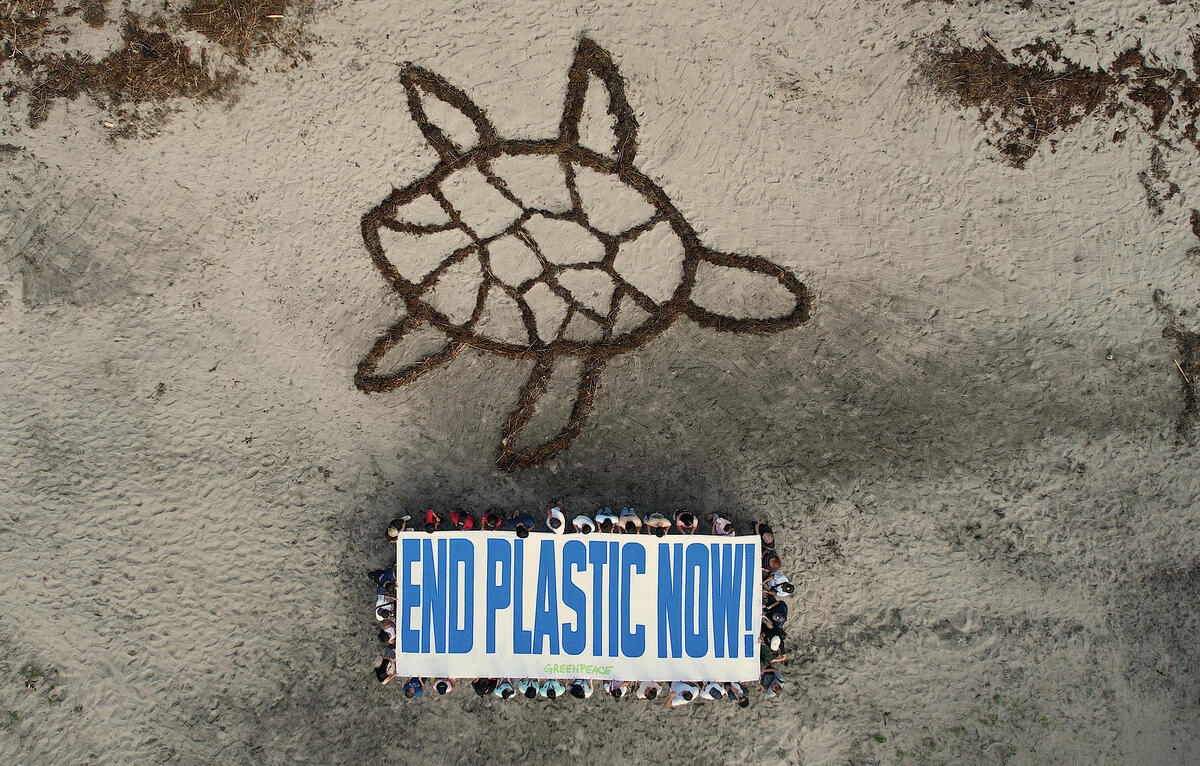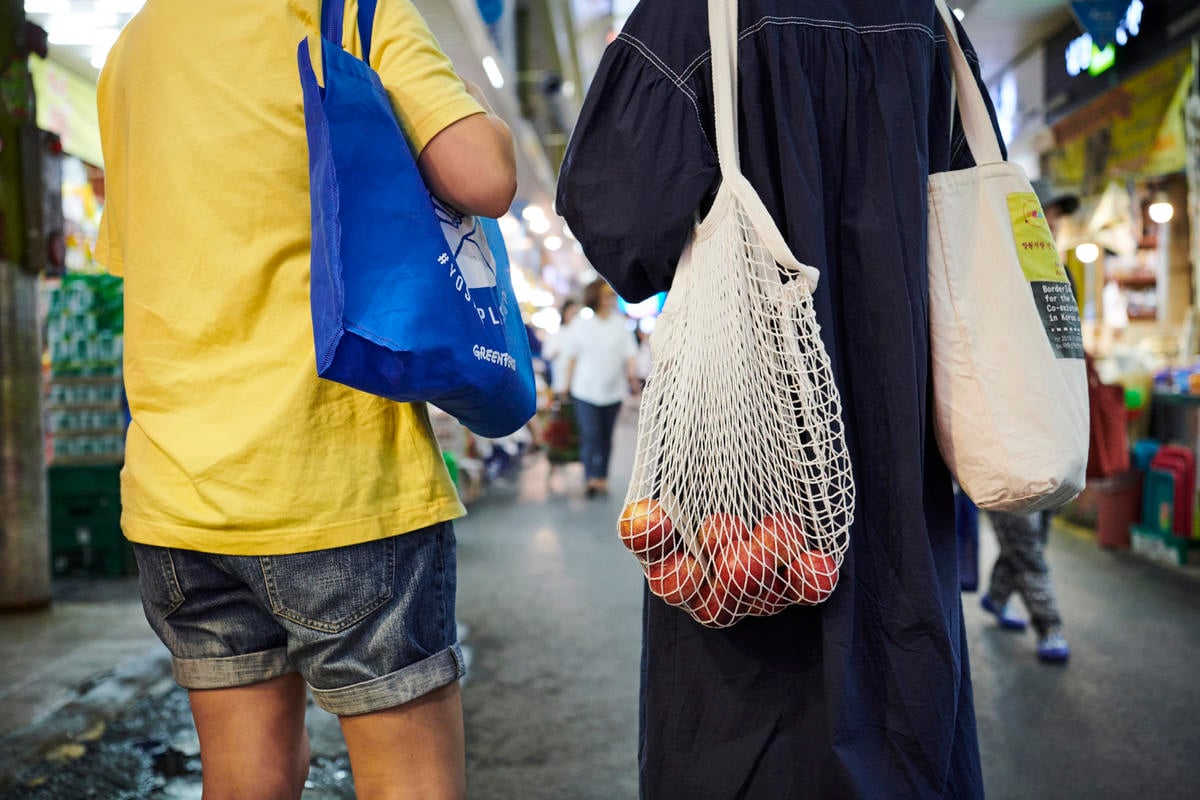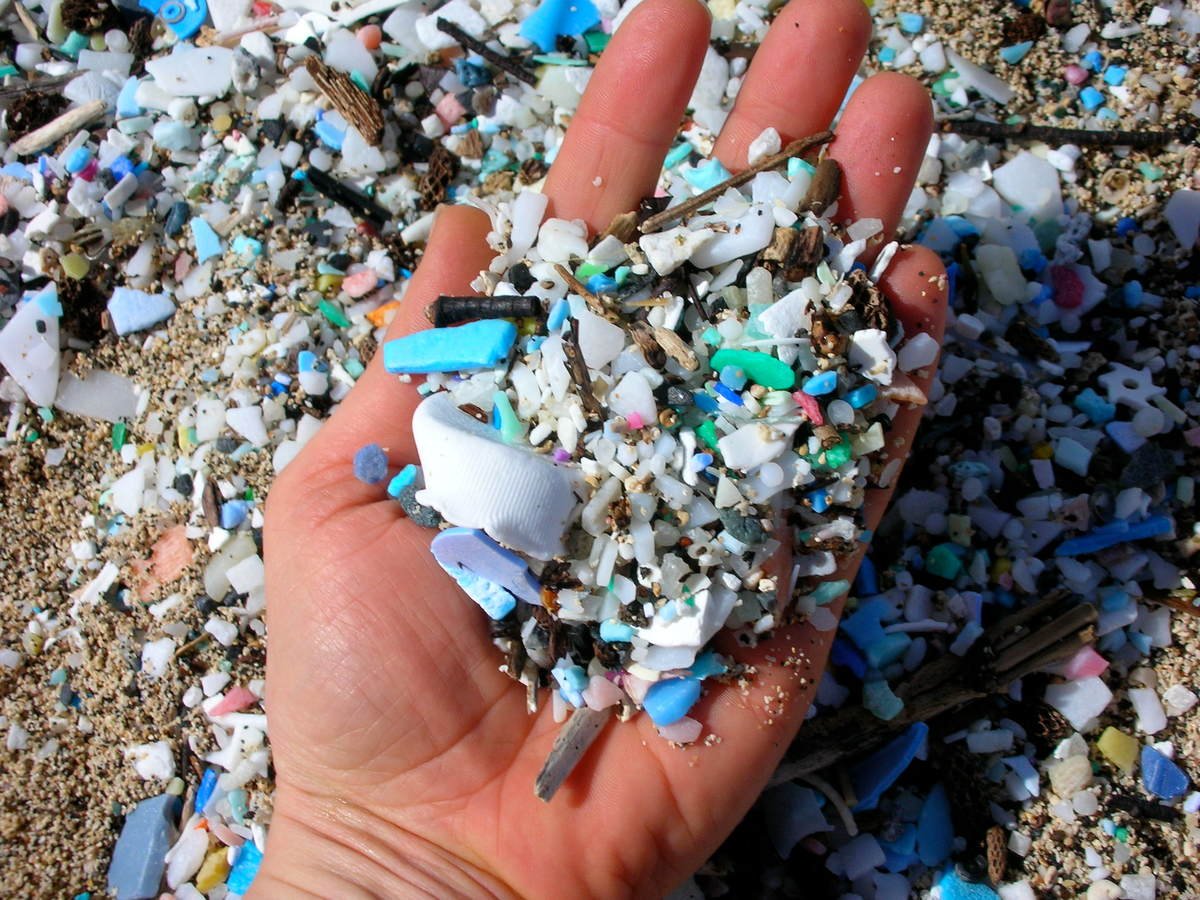Since the 1970s, recycling has been a noble mission for many. However, there are many big companies who’ve simply been riding the bandwagon, despite the failure of recycling to solve plastic pollution. For example, brands can easily incorporate a small amount of recycled material into their finished product and, well, come out as saints. Some even outright lie about having recycled components and fool people into thinking that what they are purchasing is helping Mother Earth.
But while we should definitely be aware of this modus operandi, what makes us, in the first place, want to buy these products that have recycled components or are entirely made up of recycled materials?
Firstly, the sale of such products is dependent on the efforts of the brand to distinguish itself from competitors by curating an eco-friendly image. For example, Adidas, one of the world’s leading footwear and sporting apparel, recently came up with Run for the Oceans, a pledge-drive that promises to clean up 10 plastic bottles for every 1 kilometer a participant runs. According to their tracker partners, over 5 million participants have run a total of 56 million kilometers.
And, as part of this effort, the footwear giant also released the Primeblue apparel, which is made up of upcycled plastic waste. A Primeblue pair of shoes cost as low as Php 4,800 and as high as Php 9,500, while other apparel like shirts and jackets can cost as low as Php 1,800 and as high as Php 6,500.
Given the pricing of these products and the mechanics of the said pledge, it is difficult to assess how impactful purchasing these items are in relation to their cause. However, what makes the purchase viable for many consumers is the notion that the product is in support of a good, environmentally sound cause.
However, the truth is that recycling could never handle the amount of plastic surrounding our everyday life. Recycling plastic into clothes could mean that any plastic is recycled only once and then disposed of after the clothes reach their end of life. Then they end up in landfills or incinerators.
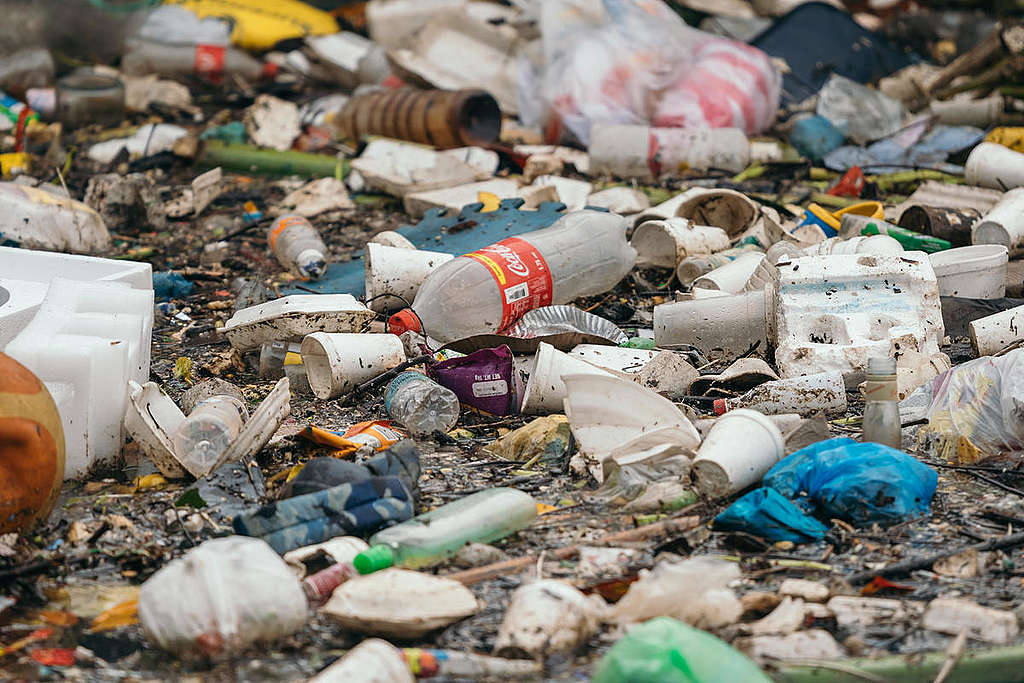
There’s also the matter of packaging–unsustainable packaging alone already constitutes a bulk of plastic pollution that has destroyed communities and has already entered our food, our water, and even our bodies. Fast-moving consumer goods corporations like Nestle, Unilever, Coca-Cola, Danone, and Johnson & Johnson have been the target of public pressure to invest in alternative ways to deliver their products to us and to stop using single-use plastic. But wearable goods brands may be just as responsible.
Having said that, the next determinant to the sale of recycled products is the cause. Think back to 2017 when 4Ocean ads were everywhere. Their sales pitch was simple: They sell you a bracelet made up of recycled plastic and glass and the proceeds go to ocean-cleaning efforts, which came with a promise of one pound of plastic removed from the ocean per bracelet sold.
Keep in mind that these bracelets went for Php1,000 (or $20) plus shipping. While the bracelet wasn’t too shabby, people mostly bought the item because the narrative supporting the cause was straightforward. According to 4Ocean’s website, it has recovered over 17 million pounds of trash from the ocean. Still, with over 15 billion tons of plastic ending up in the ocean each year, 4ocean’s efforts seem miniscule and hardly worth the cost.
Speaking of cost, we should always keep in mind how much money is involved to progress a said cause. Zox, for instance, is the latest fashion apparel that’s blowing up on Facebook. Their main product is a customizable wrist band that’s made from upcycled plastic bottles. Their promise is that one bracelet (worth Php 500), equates to one 8oz-bottle not ending up in our ecosystem.
But what we should always remember is that companies increasing costs for eco-friendly products also contributes to the misconception that zero-waste/sustainability is either expensive, not for your average person, or anti-poor. Unless they’re donating profits directly to communities or NGOs with programs on plastic pollution, large profit margins for these products only benefit the company more than the environment.
Aside from these big companies, there are, in fact, smaller businesses that claim to be making products from recycled materials and are doing their part in creating a market for upcycled products as viable options. The difference is that with local, small businesses, it is much easier to verify a business’ eco-friendly claims. Additionally, when you purchase from a local business, the shipping/delivery distance is shorter, which means a reduced carbon footprint. Follow Buhat Buhay PH on Facebook to support local!
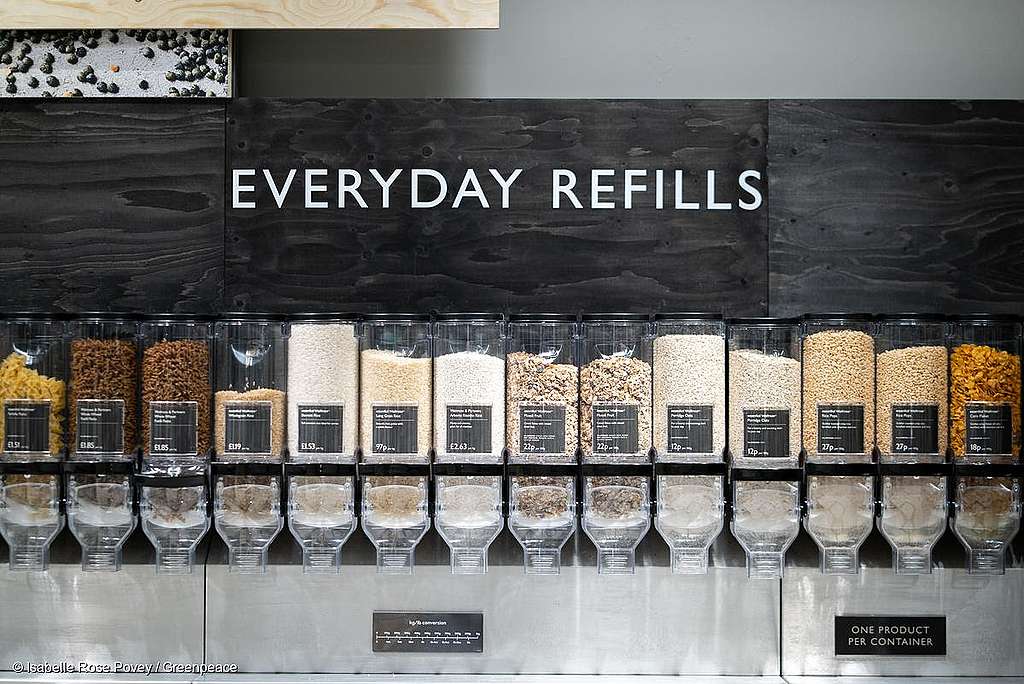
All in all, one still needs to do some research and read up on what previous customers are saying before they subscribe to each brand’s story and confirm their purchases, so to speak. It helps to seek out communities of environmentally conscious consumers. But though we are expected to choose wisely with every purchase we make, the bigger responsibility should be with the massive brands, as they have the most resources and capacity to change their industry, and make it easier for all of us to break free from plastic.
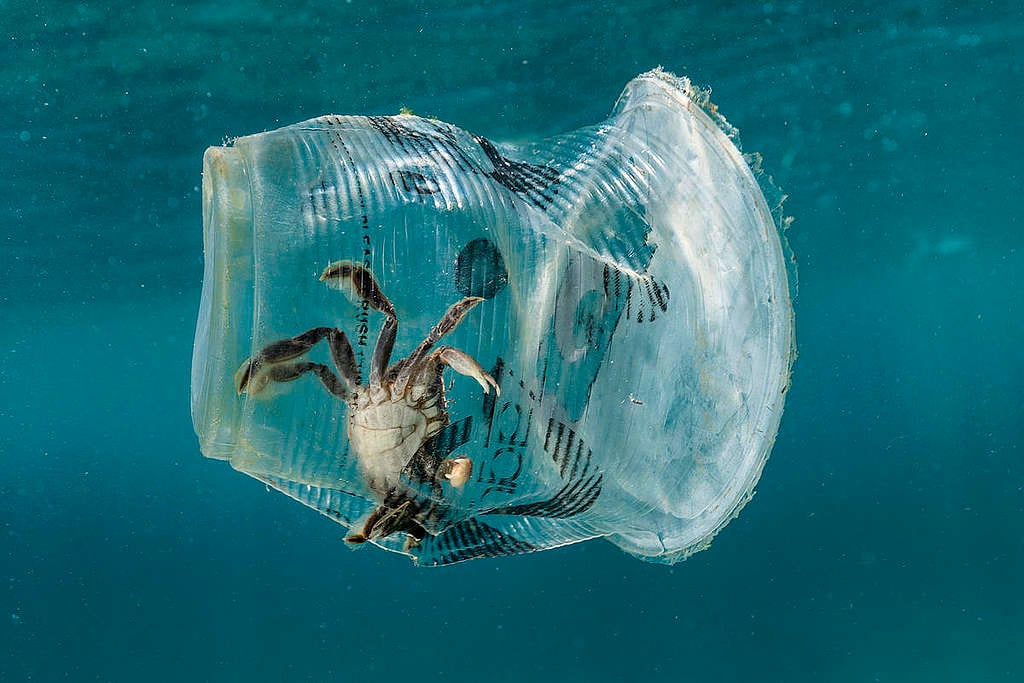
Our coastlines are among the most impacted by plastic pollution in the world. Be part of the solutions!
TAKE ACTION
